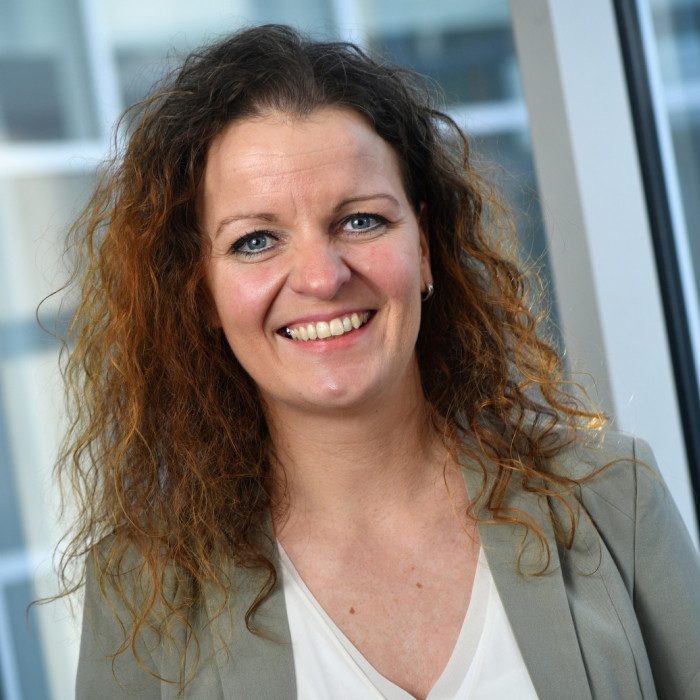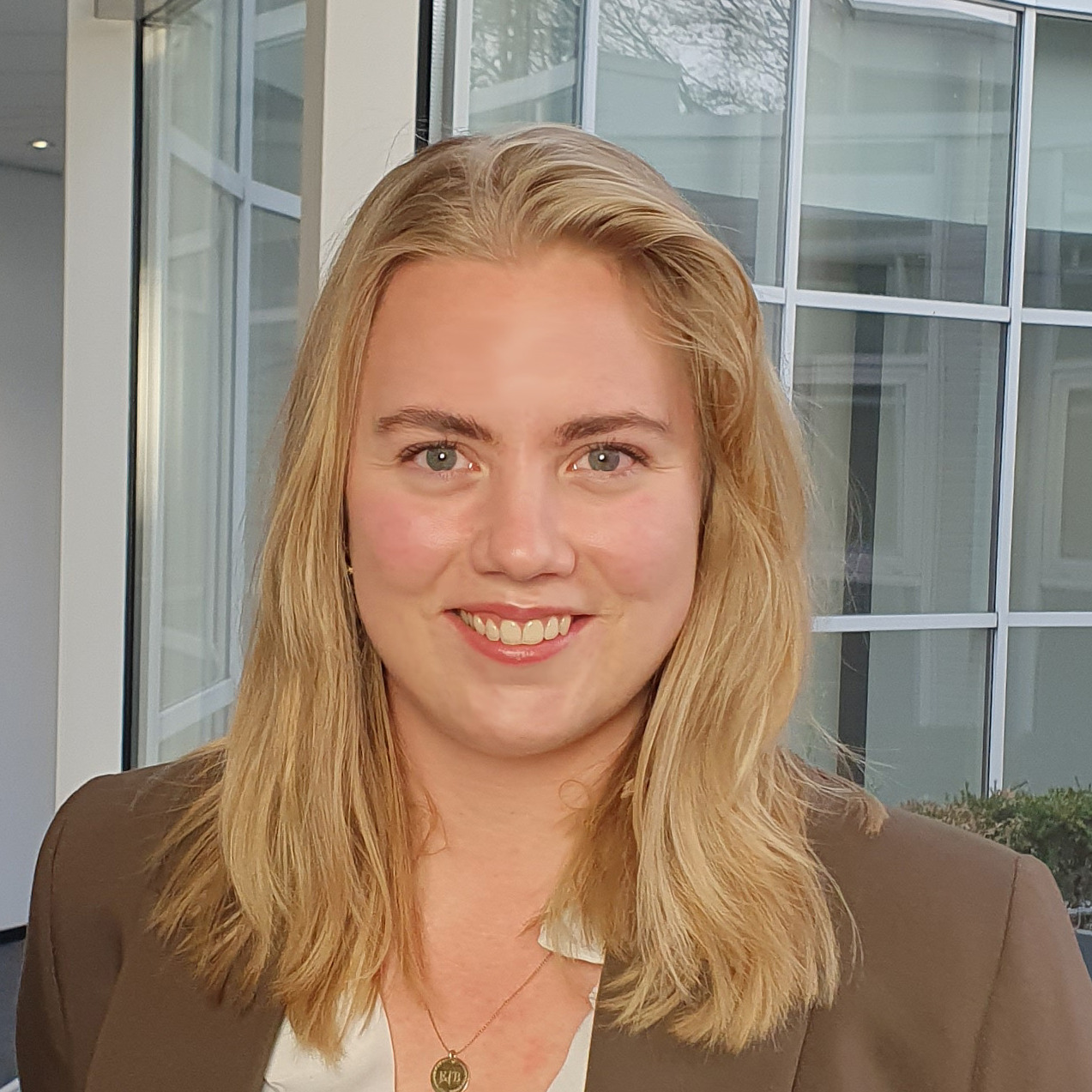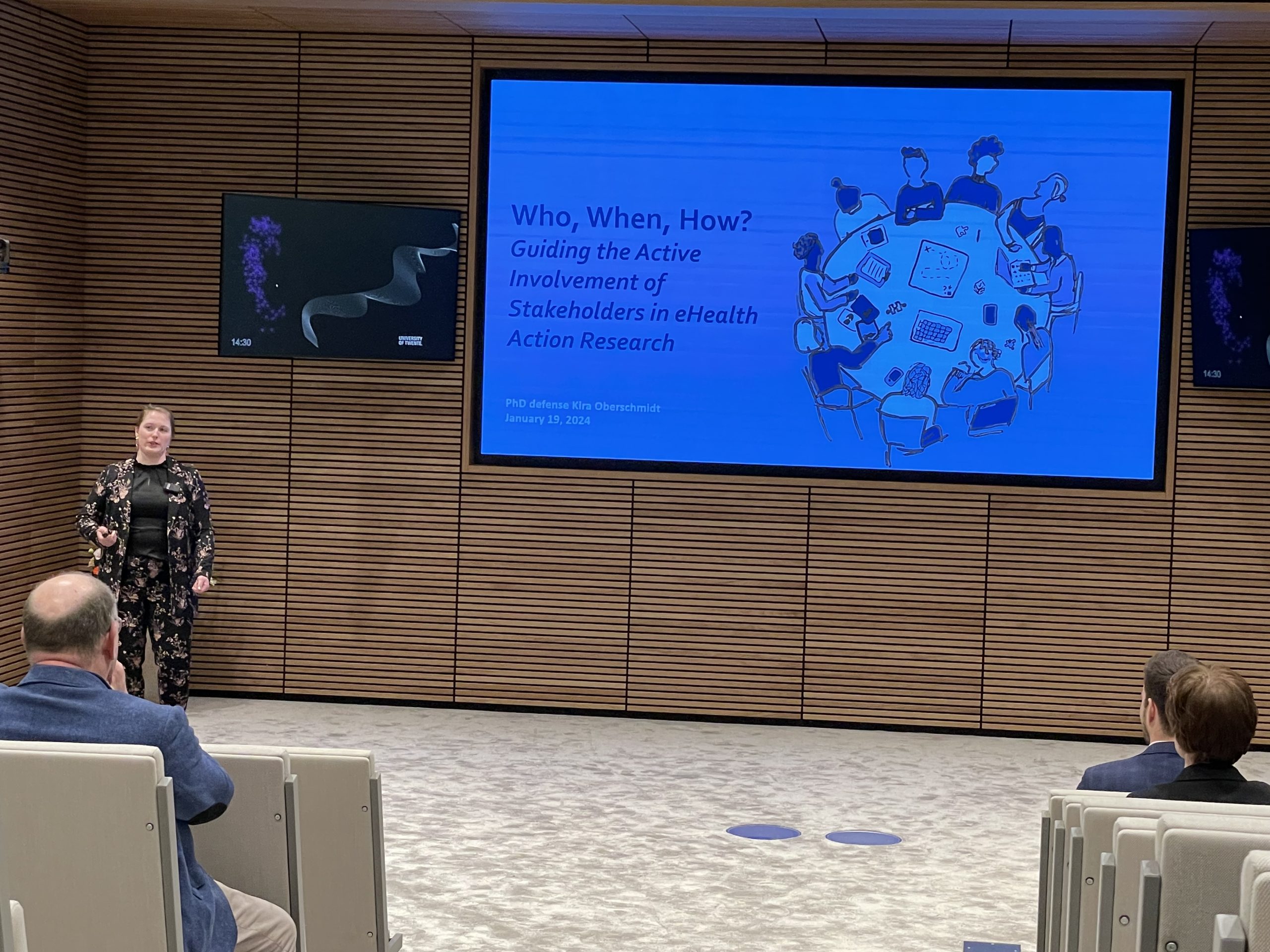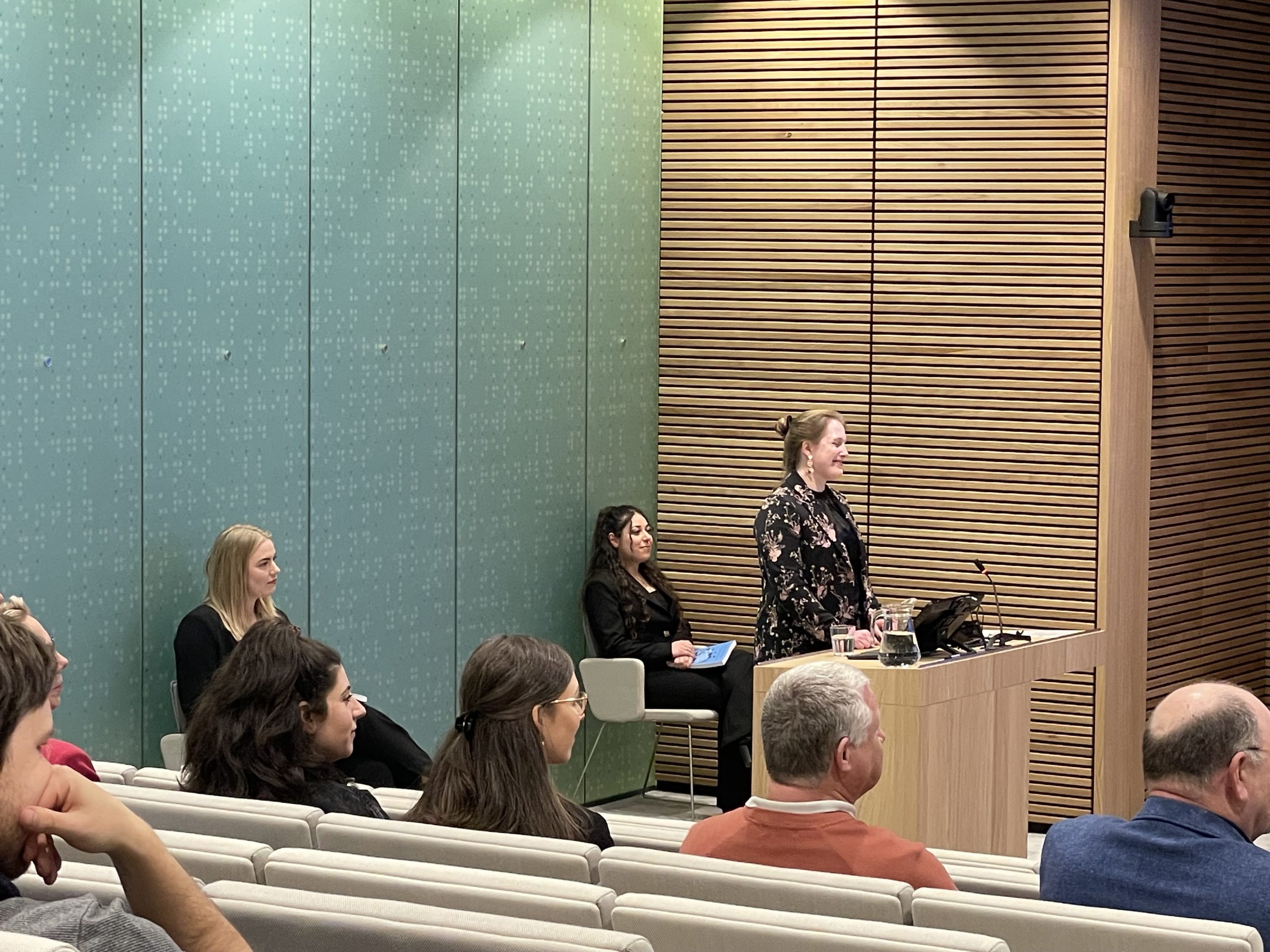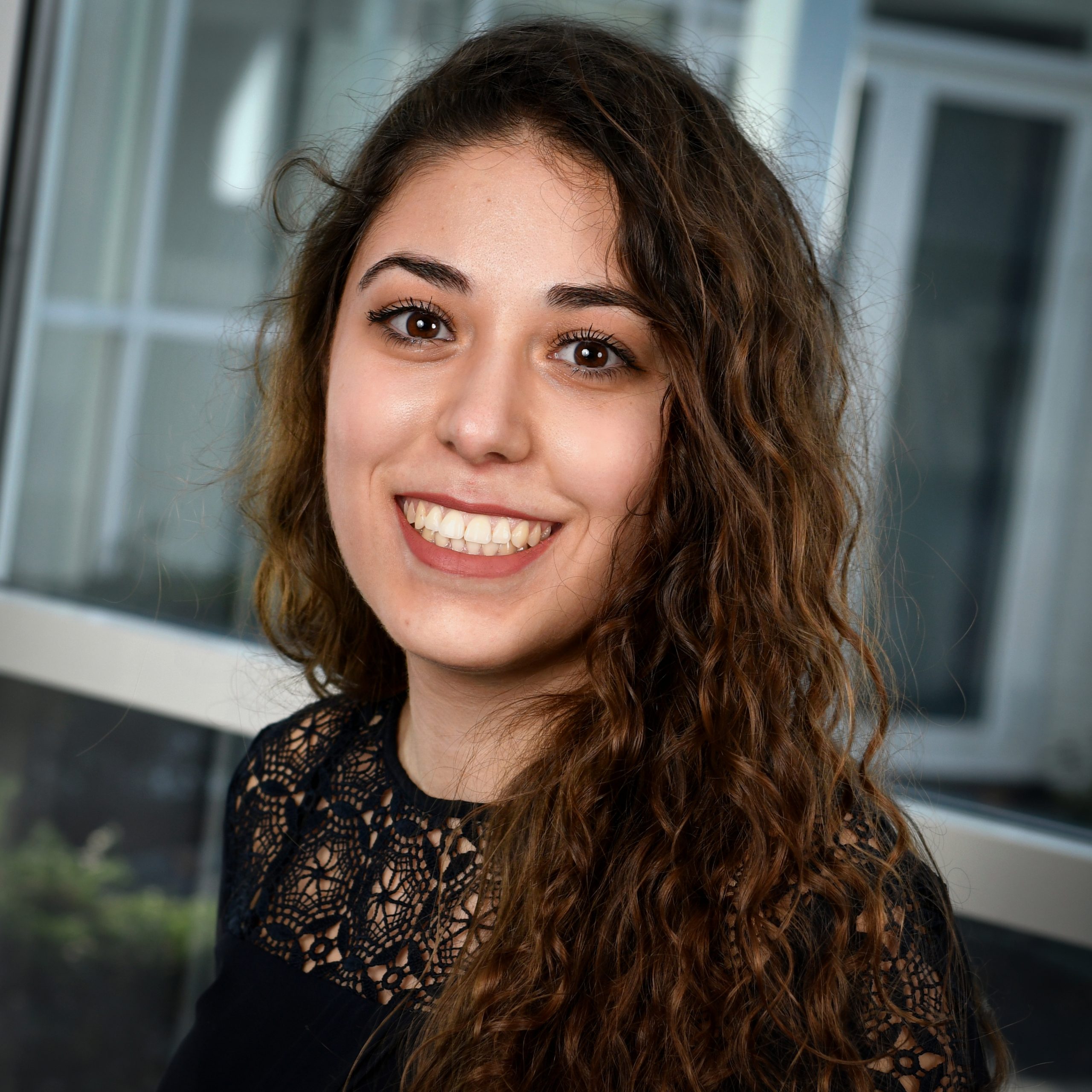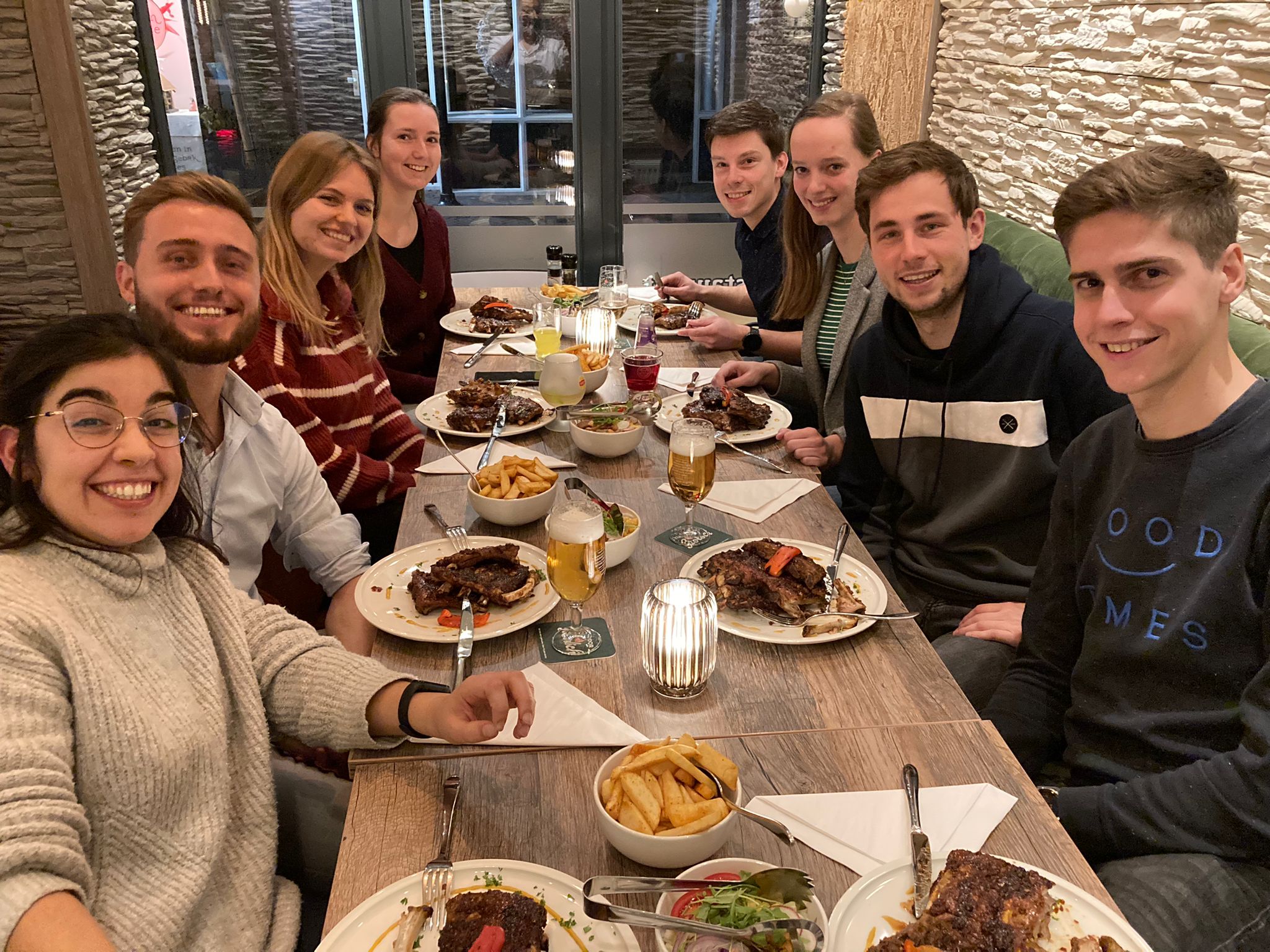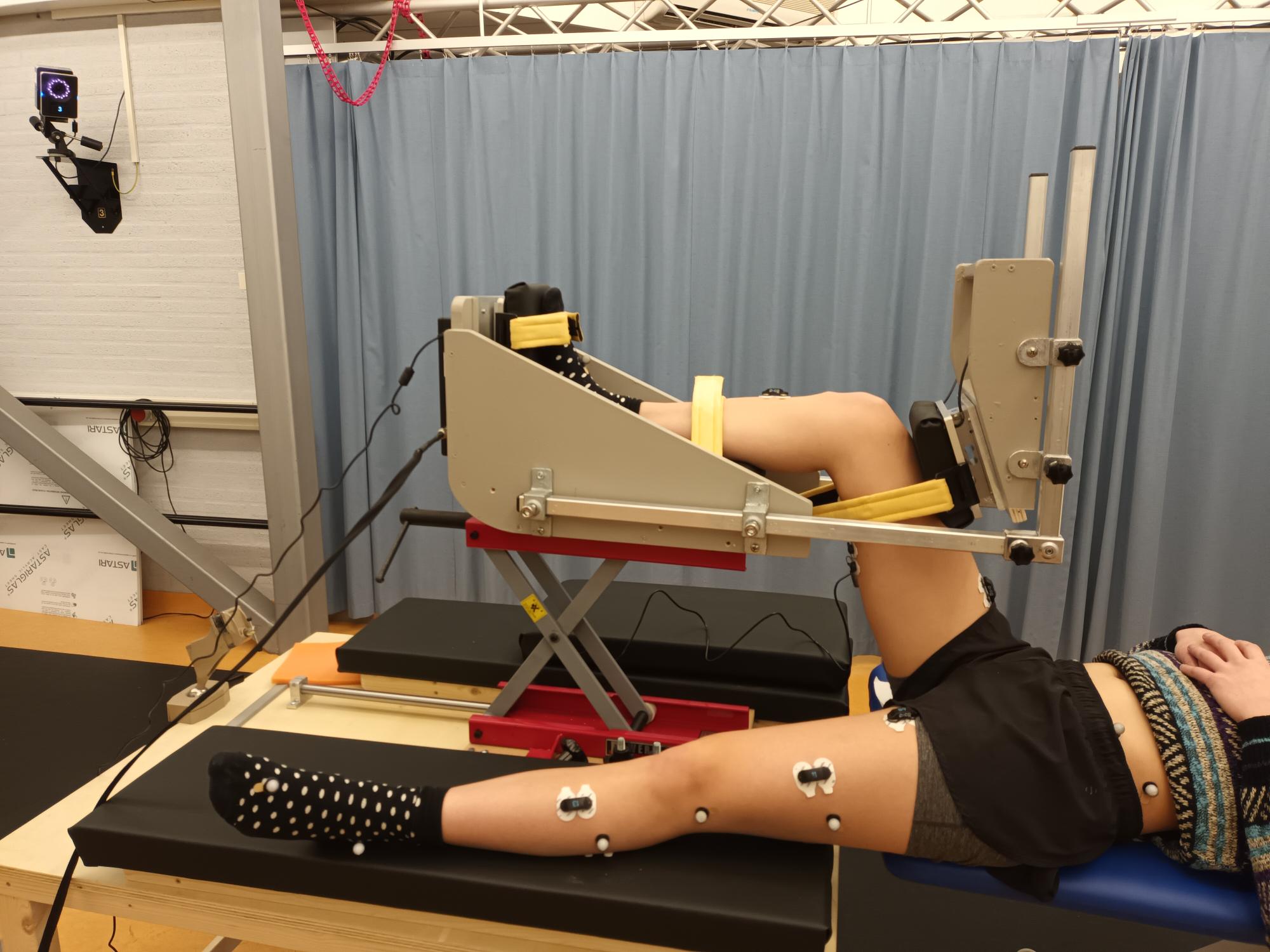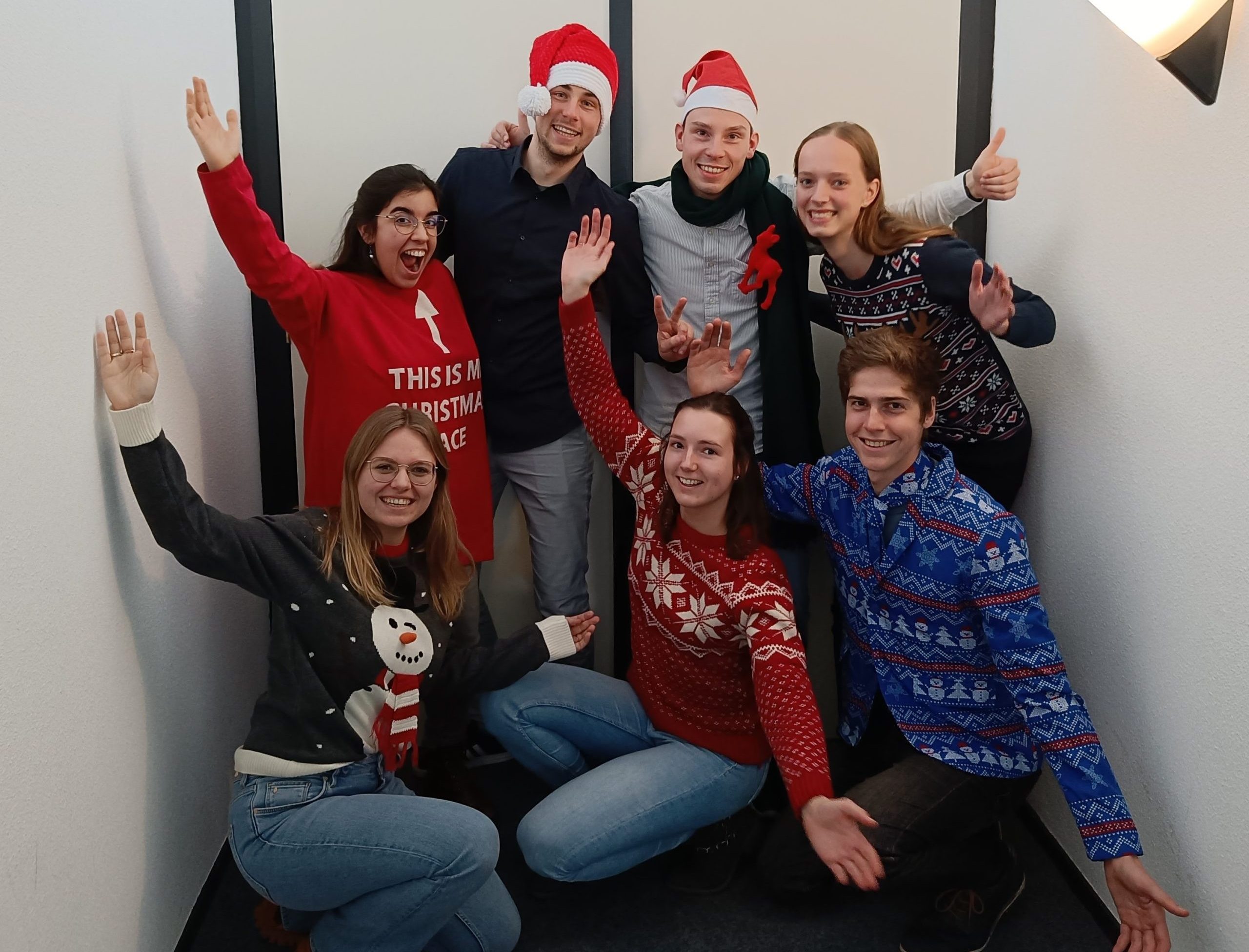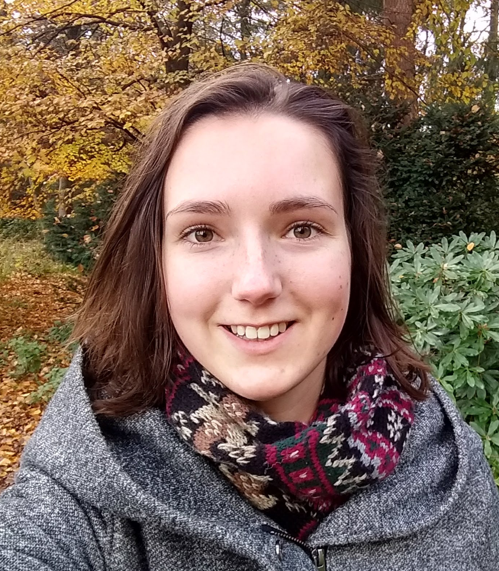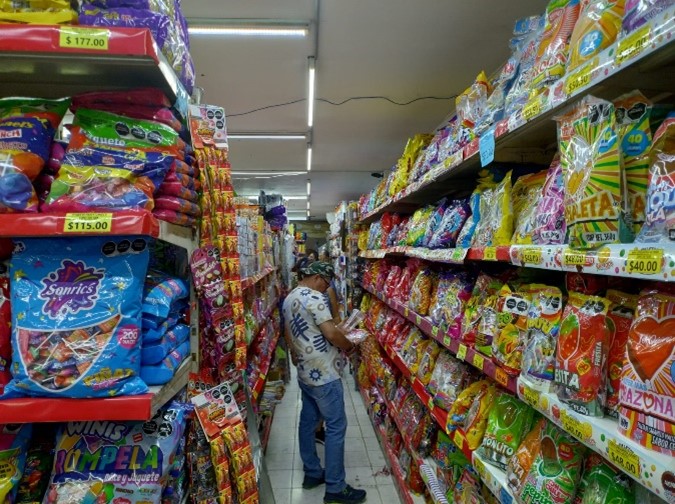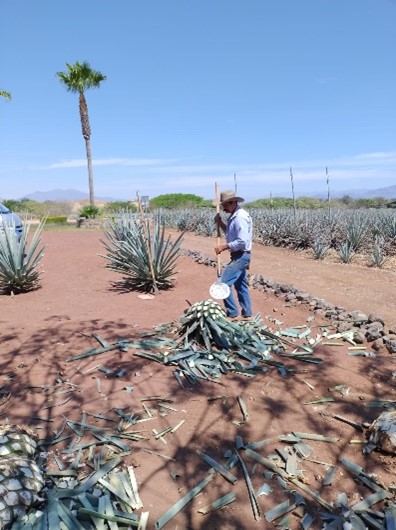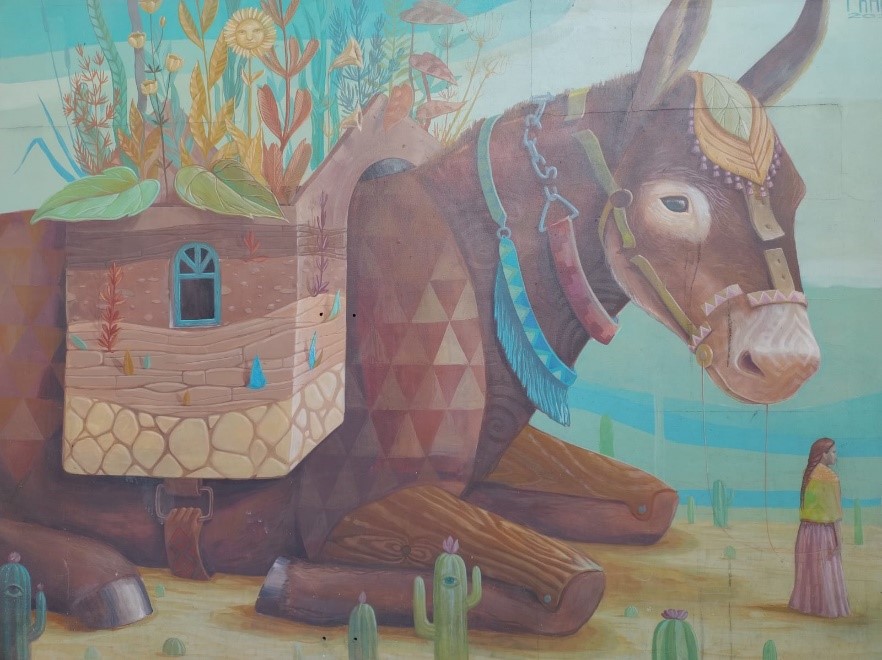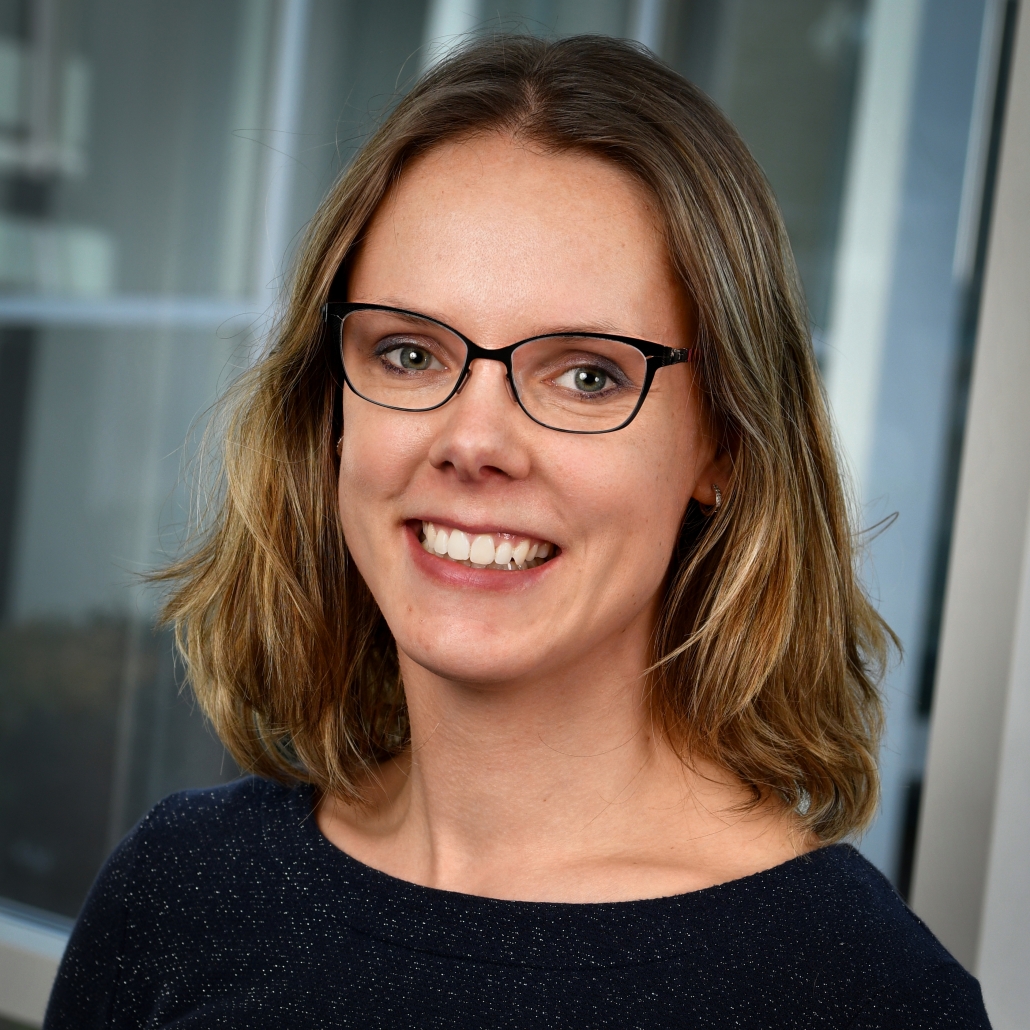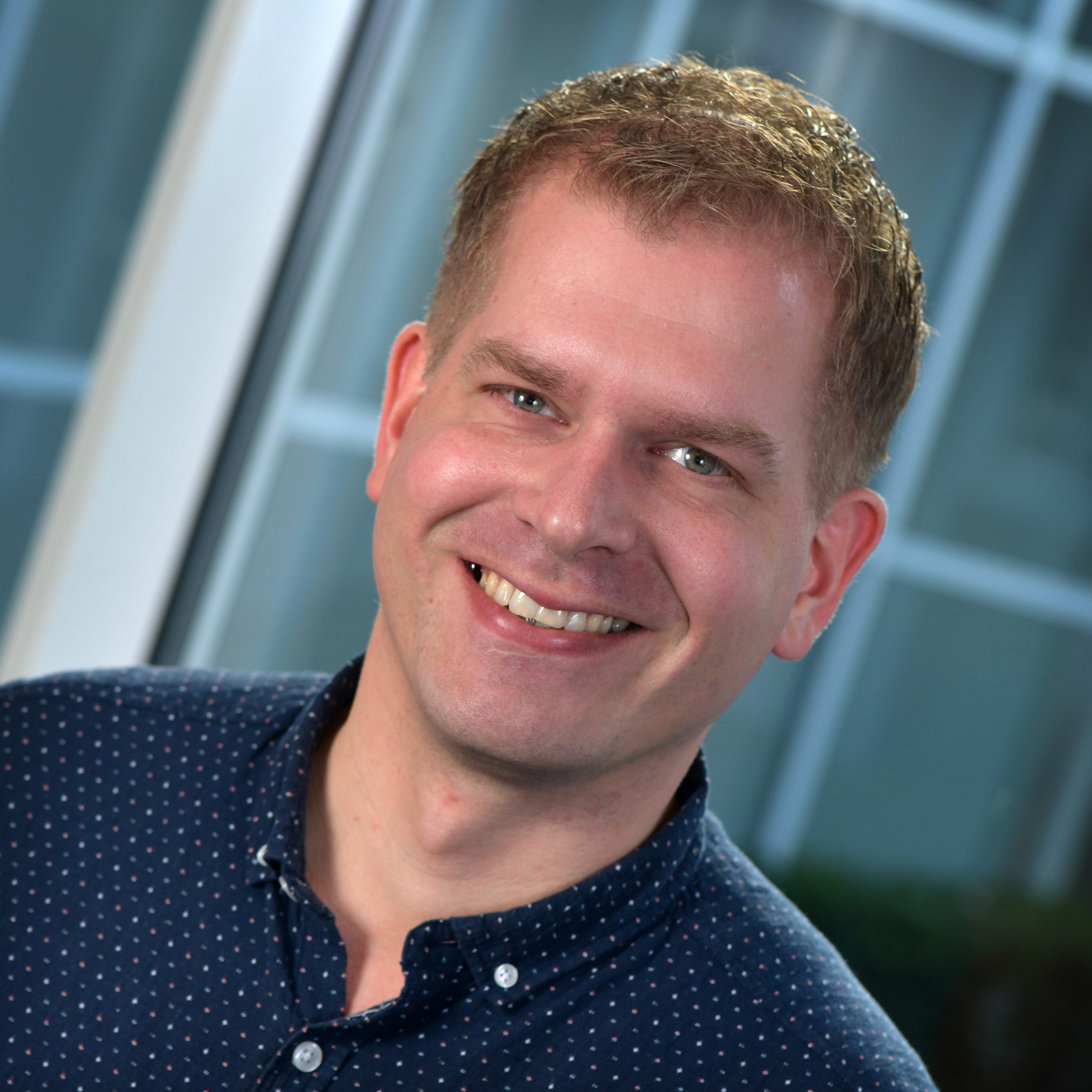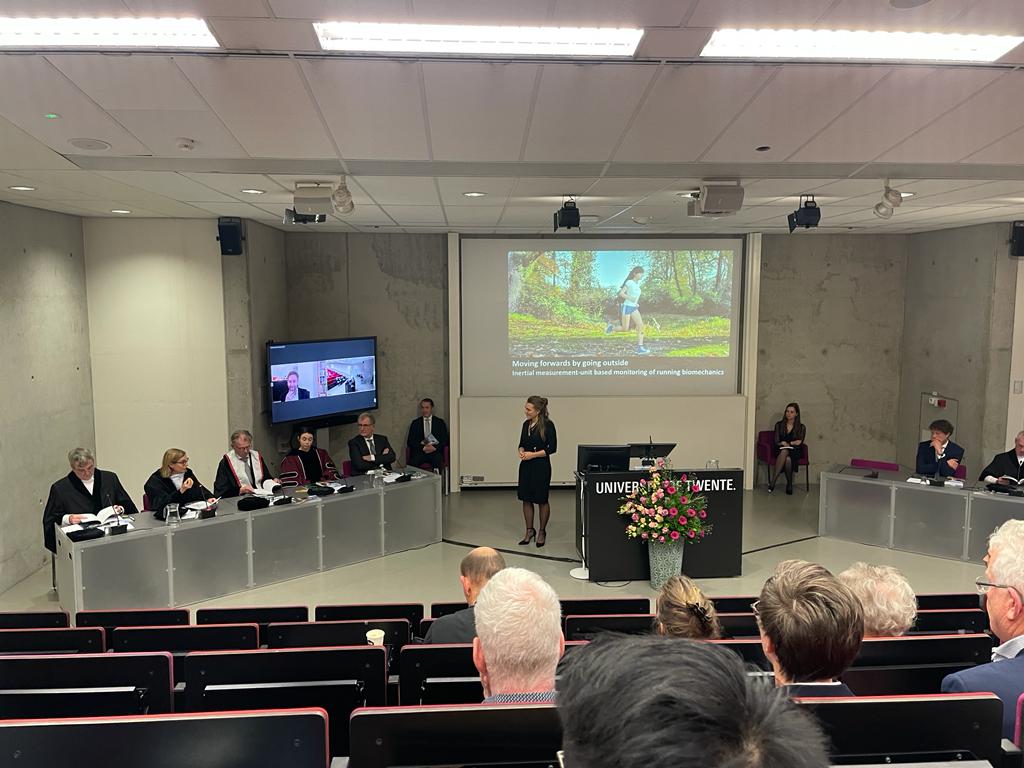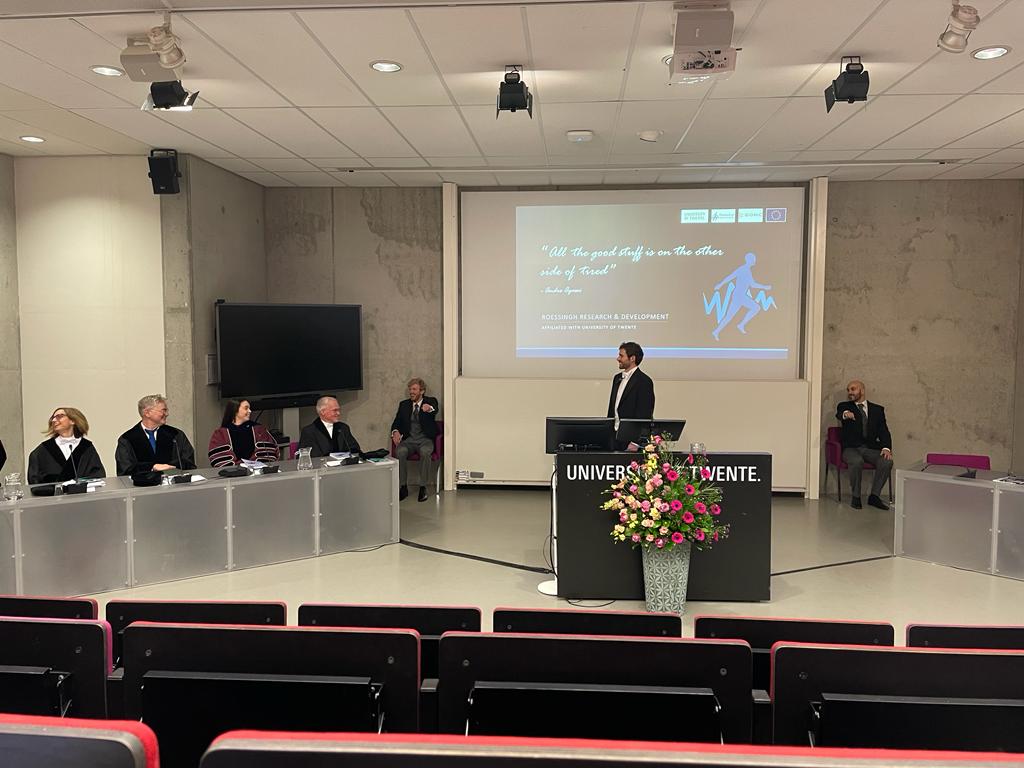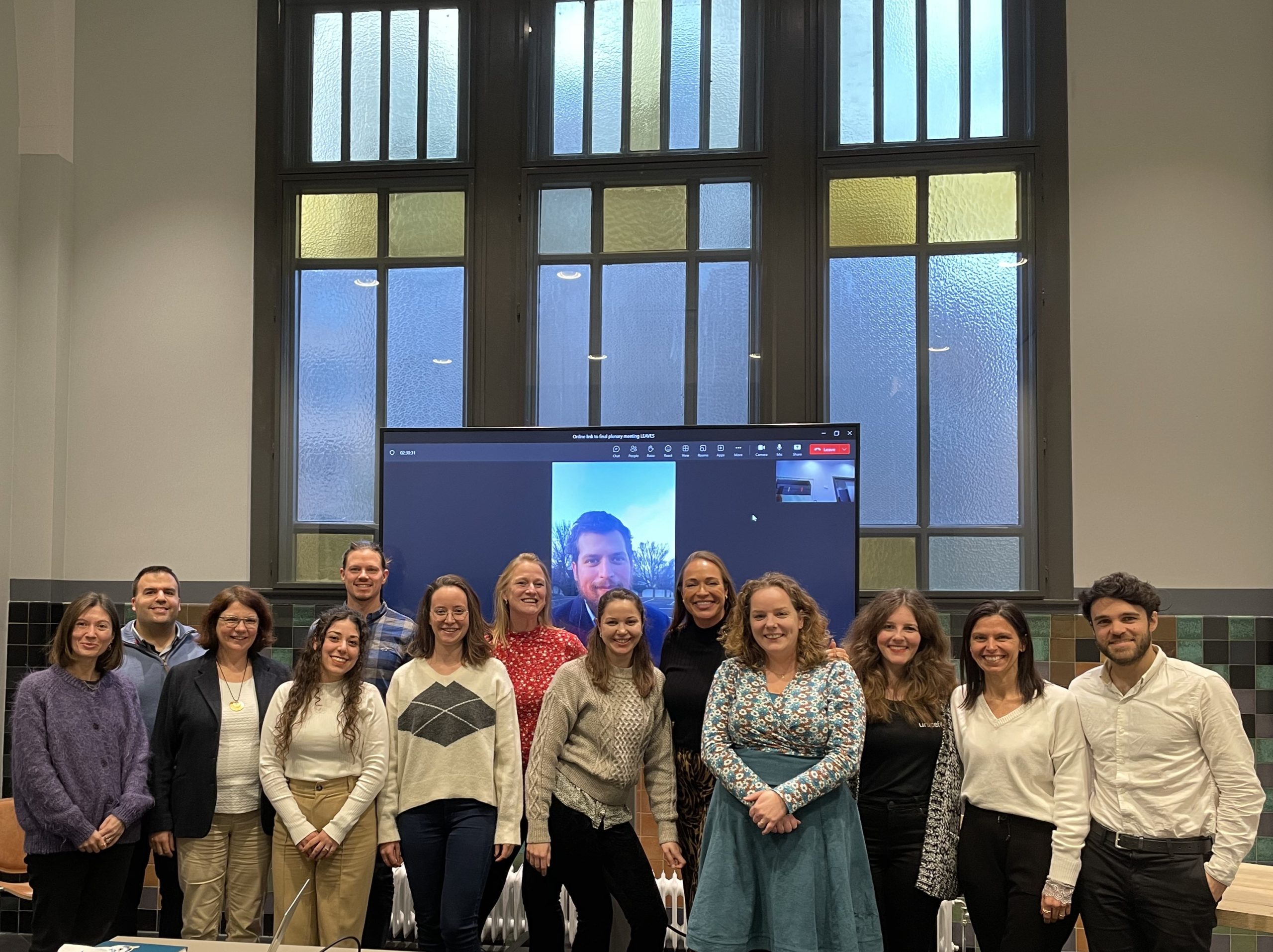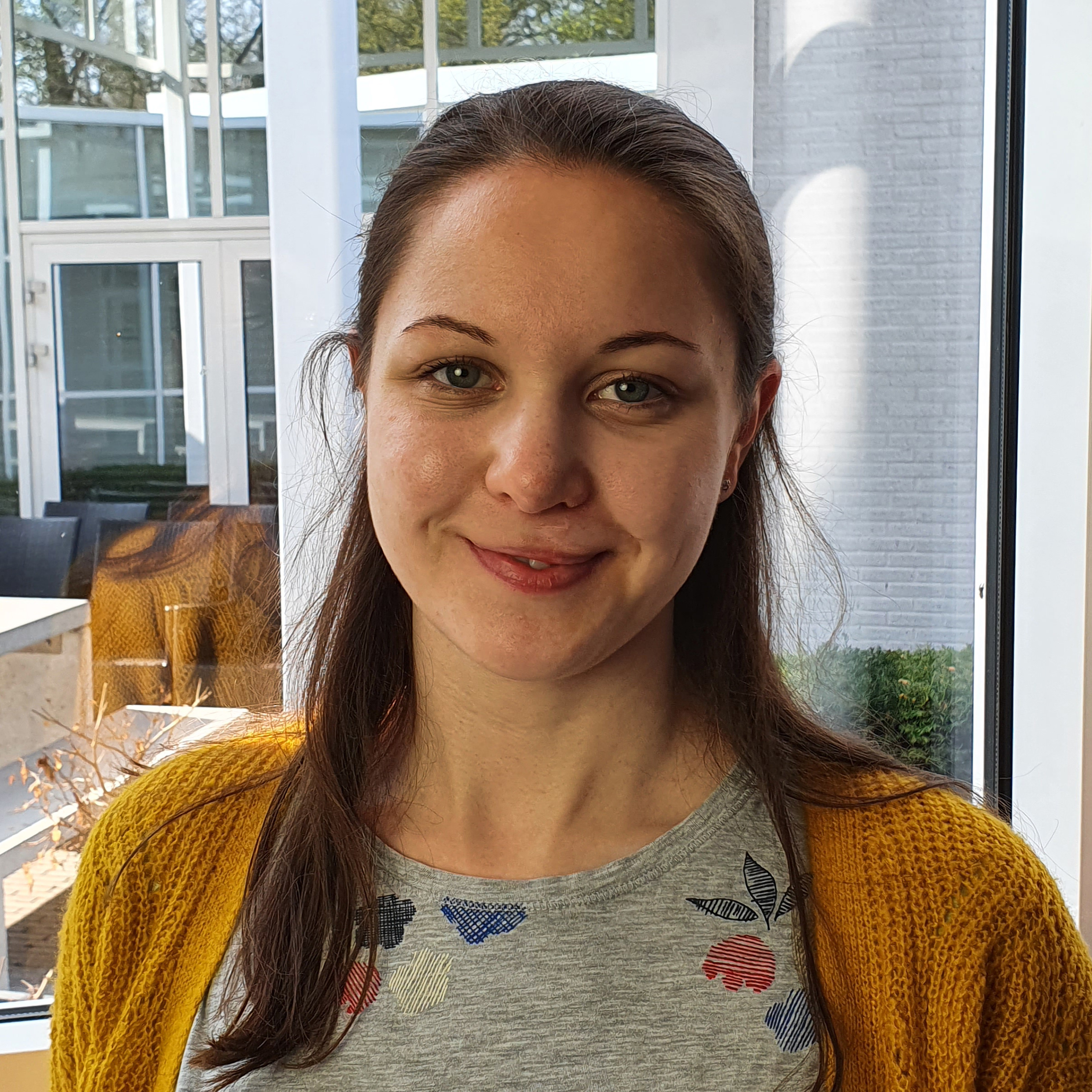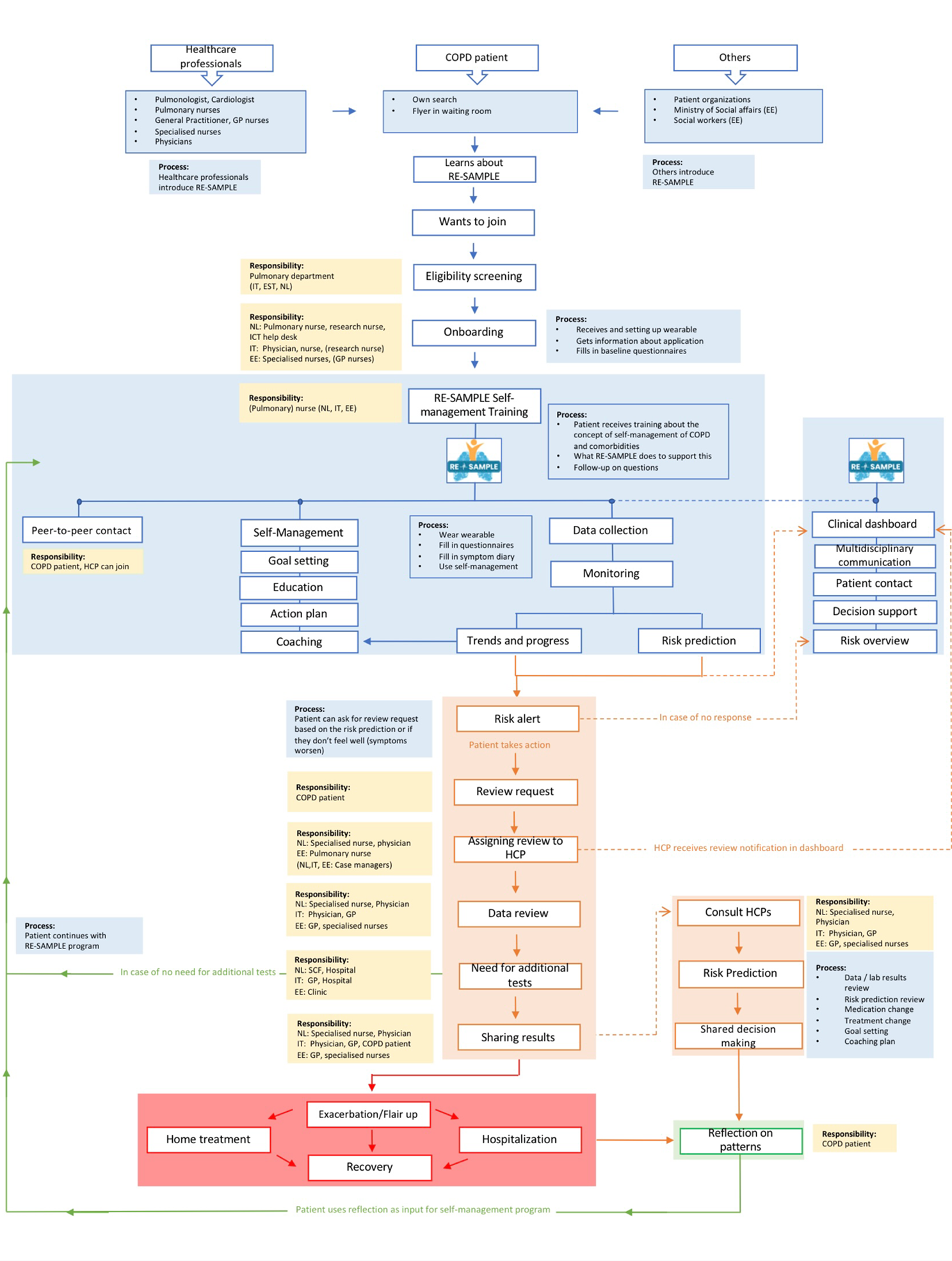Written by: Christiane Grünloh
In March 2021, together with colleagues from IKONE Foundation we explored the questions:
- What is the value of digital collaboration through Telerehabilitation (Telerehabilitation) at Roessingh for patient and caregiver?
- What gives professional and patient energy in this process of collaboration?
- What is needed to have confidence in getting started with Telerevalidatie?
Why is that important?
All of our stories are filled with values. Values are beliefs about what is desirable. Values refer to what is important to people in their lives. They are often unsaid, yet they are of great importance in our daily actions. In fact, decisions are often based on values. Sometimes consciously, sometimes subconsciously.
Values are general criteria or principles that provide guidance in:
- making decisions;
- setting goals;
- taking actions.
When we develop technologies, we often talk about how important it is, that we include the users, so that we understand what their needs and requirements are. But, whether intentionally or not, technology supports or hinders other aspects that people consider important. In other words, technology cannot be considered value-neutral.
Take as an example a triage system that automatically generates triage scores, gives healthcare professionals the option to overwrite these scores, but requires them to justify the overwriting before they are allowed to proceed. According to research this discourages professionals from using this feature, makes them feel like they are making a mistake, potentially undermines their confidence and hinders them from exercising their professional authority. So it is also important to identify people's values so that we can factor this into the development and deployment of technology.
Together with healthcare professionals, patients and researchers from RRD, IKONE conducted a workshop, where after a round of knowledge we heard a story of experience from a patient expert from IKONE and a patient from the Roessingh. These stories were the basis for talking about values, what energizes patients and caregivers, to work together within telerehabilitation.
Report Values Dialogue Telerevalidatie
Even though the workshop was conducted three years ago, the outcomes are important to us, so we would like to make them public here as well. IKONE's report is available also in Dutch here The most important values are presented below:
Efficiency and commitment
- As a patient, you can also connect faster with your healthcare professional.
- In paediatric rehabilitation, efficiency is experienced through the Telerevalidatie portal. This goes from parent to professional as well as from professional to parent. Parents sent a video of a child. Often they do this the very next day. It is also very nice to see that parents can see videos of the child. They are thus more intensely involved with the child.
- It is also literally much faster and more pleasant. Sometimes professionals watch videos of each other. That is also very pleasant. We see from each other what we are working on regarding a particular patient. Based on that, you can align goals.
- You become more of a team, you work more together!
Independence and self-direction
- People feel more independent by using the portal. You can be active with the portal at your own time and place. A statement that fits with this is, “Finally I can do something on my own again.” It's not just about contact with the caregiver.
- A lot of information also becomes accessible to the patient. That also feels more 'independent'. You can regain your own control. This allows you to better prepare for the conversation with the healthcare provider, for example. Or you can look back at your own medical data. For example, how was my physical health last time?
Do you want to read more about these values? Or do you want to know what gives confidence/trust to be able to express the named values within the collaboration? Click here to read more (only available in Dutch).
We would like to thank IKONE, the patients and healthcare professionals for their time and their trust sharing with us their stories and values.
Values in care and technology
If you have comments or ideas around values in care and technology: Please contact Christiane Grünloh, senior researcher at RRD, who works on value-sensitive eHealth design.
